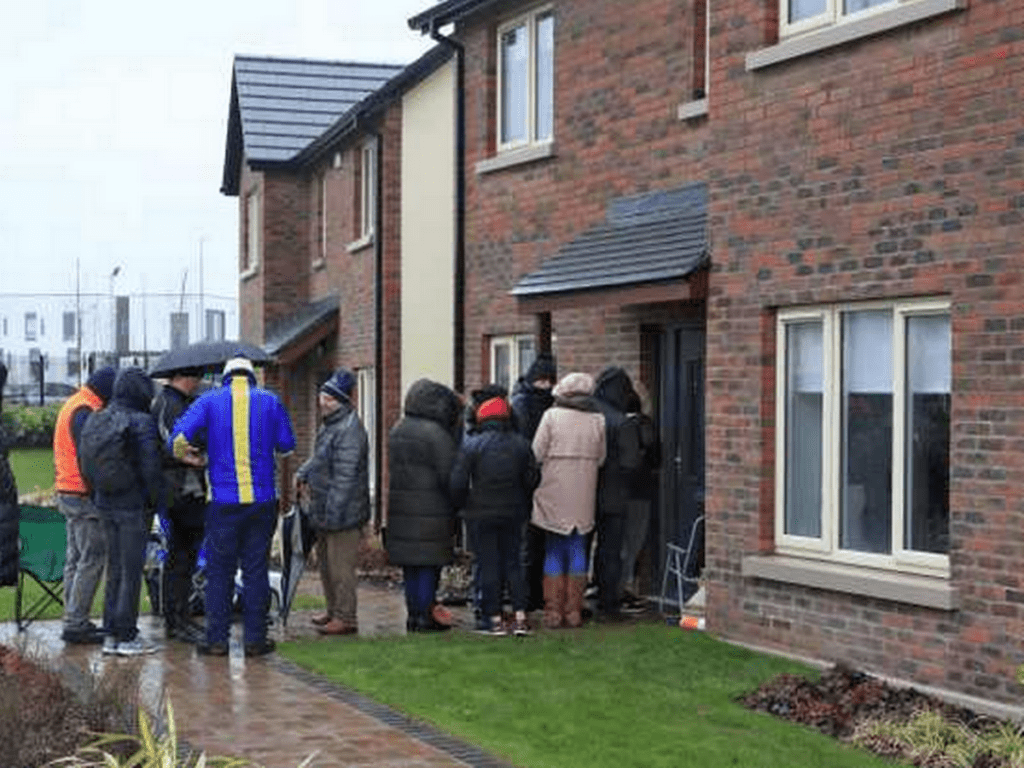From Housing Crisis to Housing Emergency

With so much conflicting news and commentary about Ireland’s rental market over the past few weeks, it was great to get some on-the-ground insights at the Irish Home Builders Association housing conference this week. Most shockingly, Sherry FitzGerald confirmed that the rental market in Ireland has shrunk by 80,000 homes in the last decade. At the conference Marian Finnegan explained that traditional buy-to-let investors have been exiting the rental market due to increased taxes and regulation, leading to a supply shortfall and increasing rents. The gross loss is estimated to be over 155,000 tenancies, resulting in a net loss of around 80,000 units.
Ms Finnegan believes that this shortage of rental properties is the principal factor contributing to the homelessness crisis in Ireland: “We can no longer describe this as a housing crisis; it is a housing emergency and needs to be treated as such”. She called for a government response similar to the one used to manage the Covid-19 emergency. In 2015, the Irish government predicted that 25,000 new builds would be required each year. Ms Finnegan explains that the actual need was much greater, at over 35,000 units per annum. However, it took seven years for the country to reach the 25,000 unit mark, leading to the current housing emergency. She added that today, the market requires over 52,000 residential units to be built each year to meet demand.
Also speaking at the conference was Stephen Garvey, the chief executive of home-building firm Glenveagh, who noted that the single biggest obstacle to his company’s objective of building 3,000 homes annually was planning policy and the planning system. He argued that planning policy was making the housing crisis worse by stopping viability and making affordability worse. Mr Garvey claimed that the industry in Ireland could deliver 40,000 homes per year “if the right policies are put in place”.
He highlighted that An Bord Pleanála, the Irish planning agency, was under-resourced with only 70 inspectors and 15 board members regulating the entire planning system. In contrast, the Central Bank had 1,100 staff regulating the financial system. Mr Garvey stated that while higher-density building including apartments was necessary, apartments were not suitable for all locations and were becoming too expensive to build for the purchase market. The average price to produce a two-bed apartment was now drifting closer to €500,000, he said.
The shortage of rental properties in Ireland and the obstacles to building new homes are serious issues that need to be addressed. As Ms Finnegan suggested, the government needs to respond urgently and effectively to this housing emergency. Mr Garvey’s point that planning policy is within the state’s control and needs to be improved is particularly relevant.
With a coordinated effort and political bravery, a number of the solutions discussed at the conference could reasonably unlock new housing, quickly and at scale. The real question is, can the current government be relied upon to deliver this?
Ian Lawlor
086 3625482
Managing Director
Lotus Investment Group
